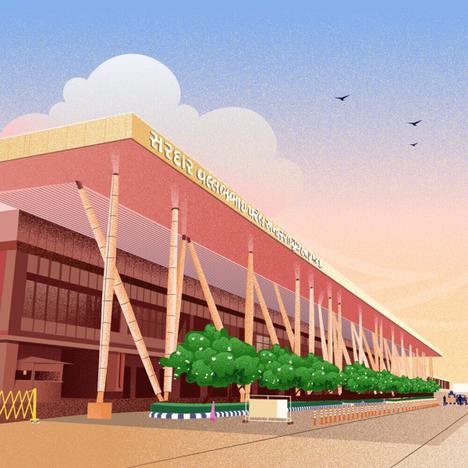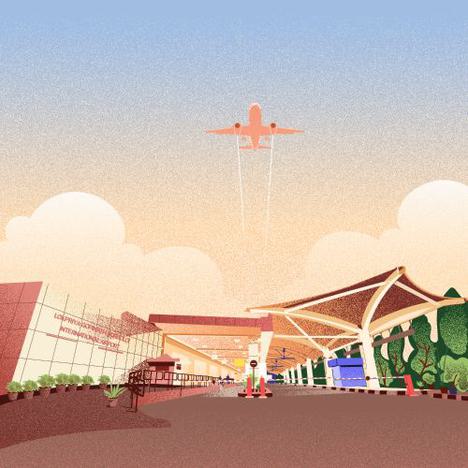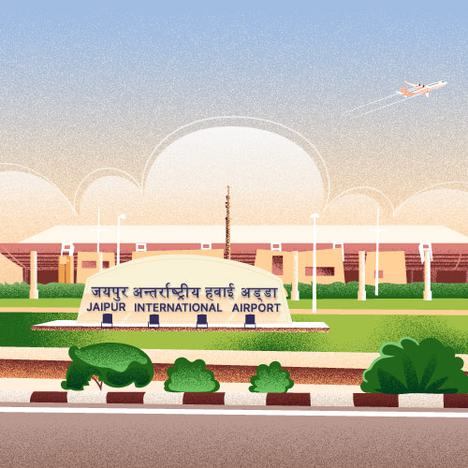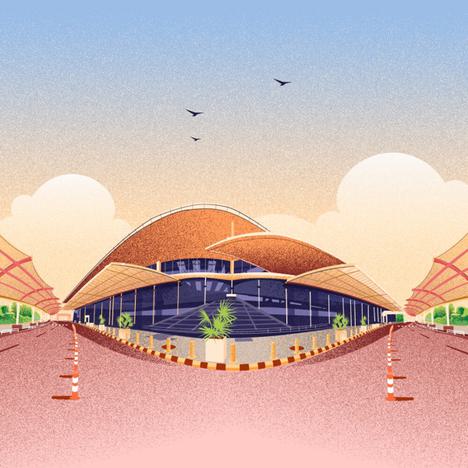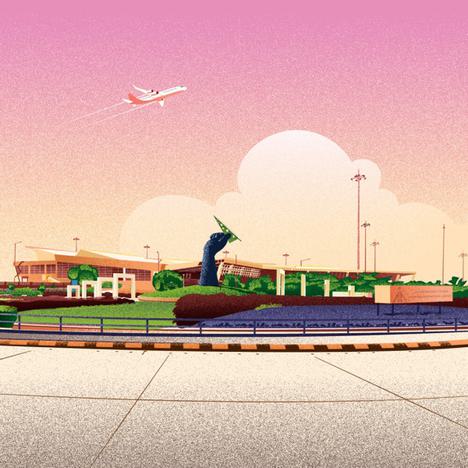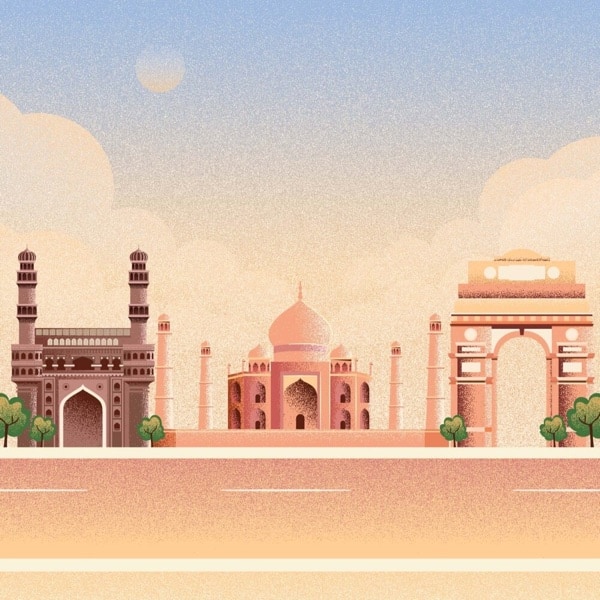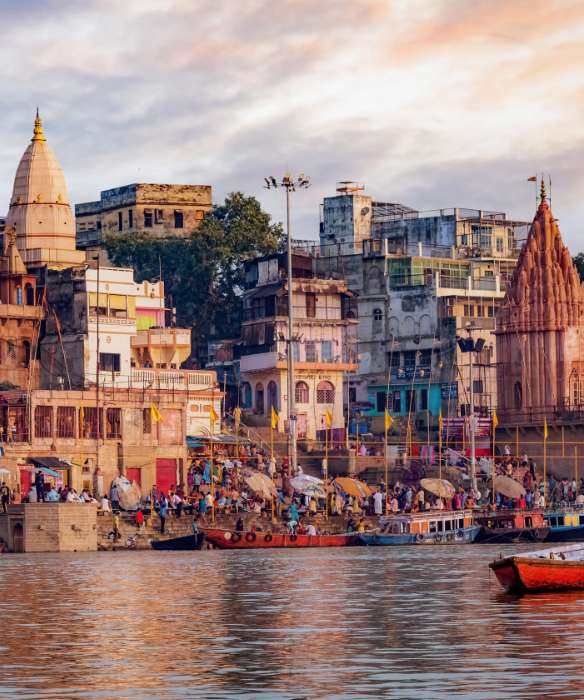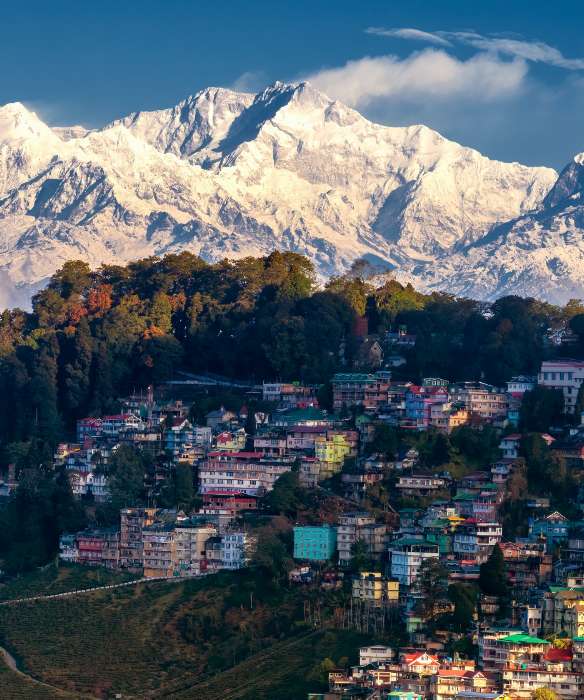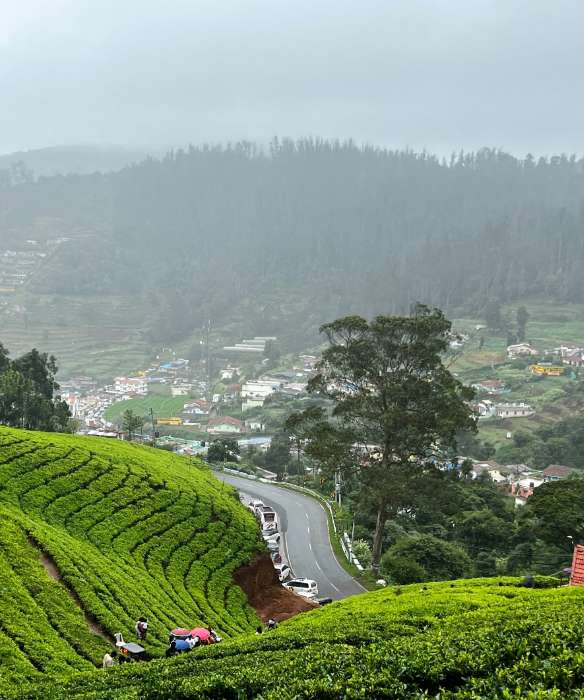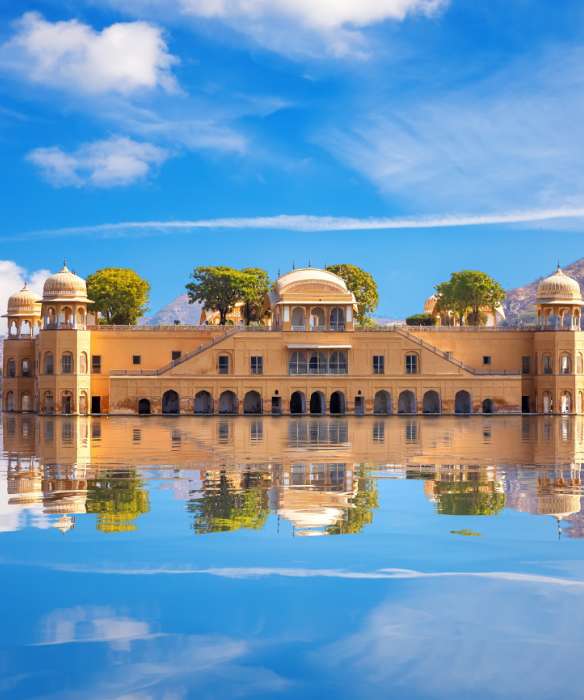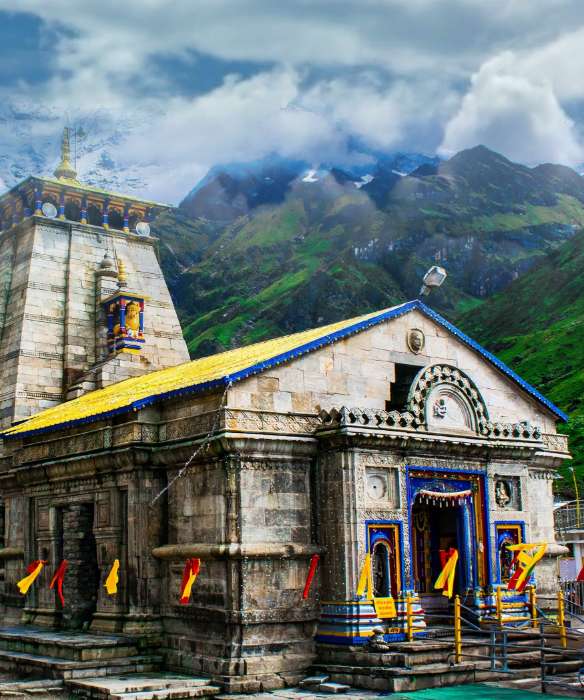About Gaya
Gaya, nestled in the heart of Bihar, India, stands as a city rich with spiritual significance and historical depth. Renowned primarily for its religious heritage, it plays a pivotal role in both Hindu and Buddhist pilgrimages. This guide explores Gaya's unique blend of cultural heritage, ancient architecture, and serenity that attracts travellers seeking both enlightenment and exploration.
The city's history is steeped in the epic narratives of Hinduism and the profound philosophies of Buddhism. Gaya is famously associated with the ritual of Pind Daan, a sacred offering performed for the peace of the souls of ancestors. The focal point for this ritual is the Vishnupad Temple, where it is believed that Lord Vishnu left his footprints on solid rock.
Nearby lies Bodh Gaya, just a few kilometres away, where Prince Siddhartha attained enlightenment under a Bodhi tree, transforming into Gautama Buddha. This place marks Bodh Gaya as one of the most revered sites in Buddhism, drawing thousands of pilgrims and tourists to its tranquil precincts annually.
Gaya’s architectural landscape showcases a splendid fusion of styles influenced by historical dynasties like the Mauryas and Guptas. The Mahabodhi Temple Complex in Bodh Gaya is a monumental example, listed as a UNESCO World Heritage Site. The temple's grandeur and intricate carvings narrate tales from Buddha's life and his journey towards enlightenment.
The cityscape extends beyond its religious monuments to include marvels like the Barabar Caves, the oldest surviving rock-cut caves in India, boasting inscriptions from Emperor Ashoka. These caves provide unprecedented insight into ancient Indian rock-cut architecture and serve as a testament to India’s enduring skill in stone craftsmanship.
Gaya is not only about temples and rituals; it is also a vibrant hub of cultural festivals. The Pitru Paksha Mela is one such significant event when thousands converge along the Falgu River to perform ancestral rites. During Buddha Purnima, the celebrations reach their zenith in Bodh Gaya, with monks chanting sutras under the decorated Bodhi Tree.
No visit to Gaya is complete without indulging in the local cuisine, which offers an array of flavours typical of Bihar. Savour dishes like litti chokha—a baked sattu-filled delicacy—or taste the sweetness of tilkut made from sesame seeds typical to this region during winter. Each dish not only satisfies the palate but also tells stories of the local agrarian lifestyle.
Beyond its urban edges, Gaya is surrounded by lush landscapes waiting to be explored. Trekking routes lead adventurers through undulating terrain, offering sporadic glimpses of rare fauna against backdrops of scenic vistas—perfect for those looking to connect with nature.
Locally crafted artefacts reflect Gaya’s artistic spirit. In markets around Bodh Gaya tourism spots, you can find exquisite handcrafted items such as Buddhist thangkas, prayer beads, and statues that carry with them centuries-old artistic traditions passed down through generations.
Reaching Gaya is feasible via air from major cities, with flights regularly scheduled to Gaya International Airport. Alternatively, rail options abound, with Gaya Junction being well-connected to India’s vast railway network, making it easily accessible for travellers exploring northern India.
